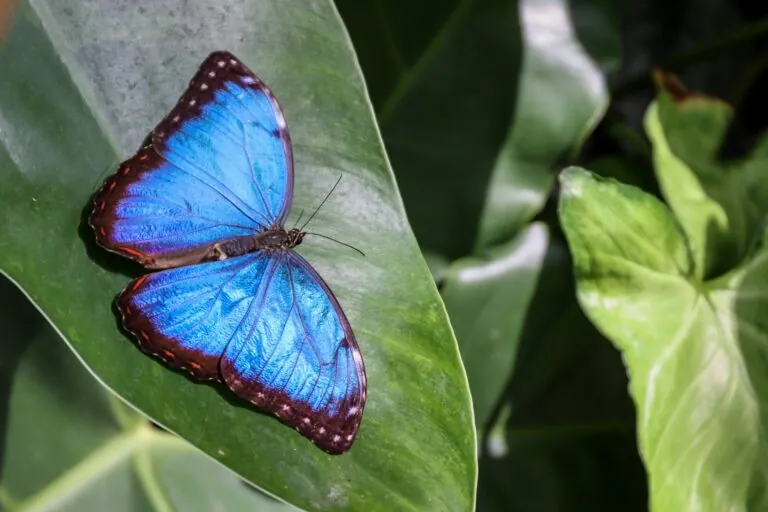-
Menu
- Plan Your Visit
- Meet The Animals
- Check Out Events
- Memberships
- About The Zoo
- Support the Zoo
- Conservation
- Education
- Groups & Private Events
- Zoo News
- Contact
- Indianapolis Prize
- Global Center for Species Survival
- Schedule
- Donate
- Membership
- Tickets

- Plan Your Visit
- Meet The Animals
- Check Out Events
- Memberships
- About The Zoo
- Support the Zoo
- Conservation
- Education
- Groups & Private Events
- Zoo News
- Contact
- Indianapolis Prize
- Global Center for Species Survival

Saving Species Challenge
A MAJOR INVESTMENT IN THE FUTURE OF OUR WORLD’S WILDLIFE
The Indianapolis Zoo has a long history of innovative conservation strategies with the creation of the Global Center for Species Survival, the Indianapolis Prize and our field conservation grants. Our mission is to protect nature and inspire people to care for our world.
As an investment in the future of our world’s wildlife, we have created the Saving Species Challenge, a $1 million investment to change the decline of a single species. The goal of this award is to support a conservation project in its efforts to improve the existing status of a threatened species to its next best designation, putting it on the path for recovery.

The Indianapolis Zoo Saving Species Challenge will award a $1 million grant to one organization that can develop and execute a plan that will have a measurable and sustainable impact on the survival of an animal species.
The Saving Species Challenge requires the focal species to be designated by the IUCN Red List as one of the following categories: Extinct in the Wild, Critically Endangered, Endangered or Vulnerable. The proposed project must demonstrate how this investment will give a species the greatest opportunity to be down listed from its current conservation status to the next best designation (ex. a Critically Endangered species improving to an Endangered Species).
Field conservationists from around the world are invited to apply and present a plan to identify an animal species that is currently designated as threatened (Critically Endangered, Endangered, Vulnerable or Extinct in the wild) by the International Union for Conservation of Nature’s (IUCN) Red List and create a program that would lead to an improvement in the species’ status.

“We know that reversing the decline of a species takes time. If we trust the science and stay focused, we will save species. This challenge will serve as a model for other conservation organizations to follow.”
– Dr. Rob Shumaker, President & CEO of the Indianapolis Zoo
“The Indianapolis Zoo Saving Species Challenge is visionary and will focus attention on achieving significant impact on the survival of a species. I am excited to see the Indianapolis Zoo continue to set the bar high on how Zoos, Aquariums and Botanical Gardens can advance conservation action and catalyze real and positive change for species,”
– Jon Paul Rodriguez, Chair, IUCN Species Survival Commission

